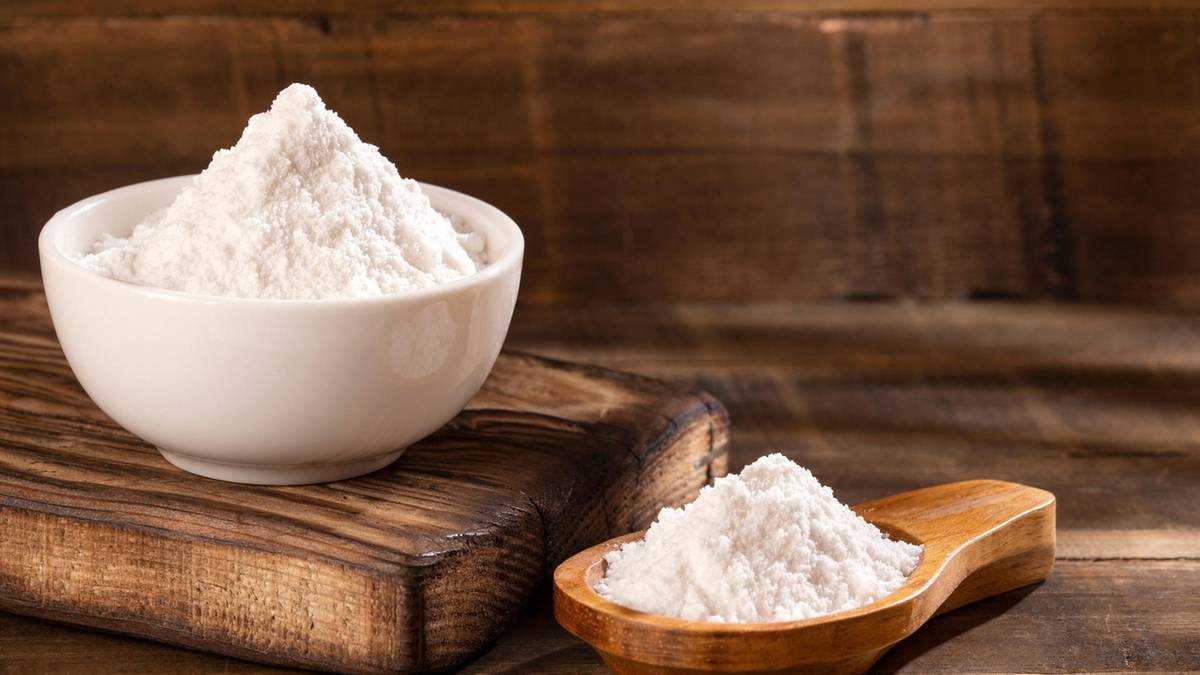How baking soda works
To be able to explain what tartar baking powder is, you first have to look at the composition of conventional baking powder. Baking powder consists of three ingredients:
- an raising agent
- an acid
- a release agent
The Raising agents is usually sodium bicarbonate (better known as baking soda), but it can also be potassium bicarbonate. These substances serve as a source of CO2. As Acidifier phosphate is used in conventional baking powder. The one contained in baking soda Release agent ensures that moisture is bound and mostly consists of starch (e.g. corn, rice or wheat starch).
When baking, the baking soda reacts with the acidifying agent by adding heat (e.g. from the oven) and moisture (water or milk) and releases carbon dioxide bubbles. These ensure that the dough is loosened and rises. The advantage of baking soda is that the preparation of the baked goods is much faster than with a yeast dough or sourdough.
Difference between baking powder and tartar baking powder
While conventional baking soda relies on phosphate as an acidifier Tartar baking powder is phosphate-free – instead it contains tartaric acid (also called tartaric acid), which consists of tartar. Tartar is a mixture of salts that settles when wine or grape juice is stored, so it is a natural substance.
But why are phosphates so controversial? It is important to differentiate between natural and artificially added phosphates: Phosphate is essential for many metabolic processes and is naturally absorbed by the body through legumes, nuts or meat.
Artificially added phosphatewhich is often used as an additive in processed cheese or ready meals, however, can be harmful to the body. People with kidney disease, in particular, should therefore avoid adding phosphates to foods, but according to a study, they can also "potentially have adverse health effects" for healthy people and increase the risk of stroke and heart attackbecause they are deposited on the blood vessels. So far, however, there have been insufficient studies to be able to precisely assess the health consequences.
Tartar baking powder: this is how you can use it
The labeling of phosphate additives in food is inadequate as it are often declared as E numbers and are therefore not easily recognizable for consumers. It is therefore advisable to avoid industrially processed foods and to cook freshly instead. By the way, tartar baking powder is Can be used in the same ratio as conventional baking powder, you can simply replace it 1: 1 in the recipe. In our article What is Soda? let's clarify the difference between baking soda and baking soda.
